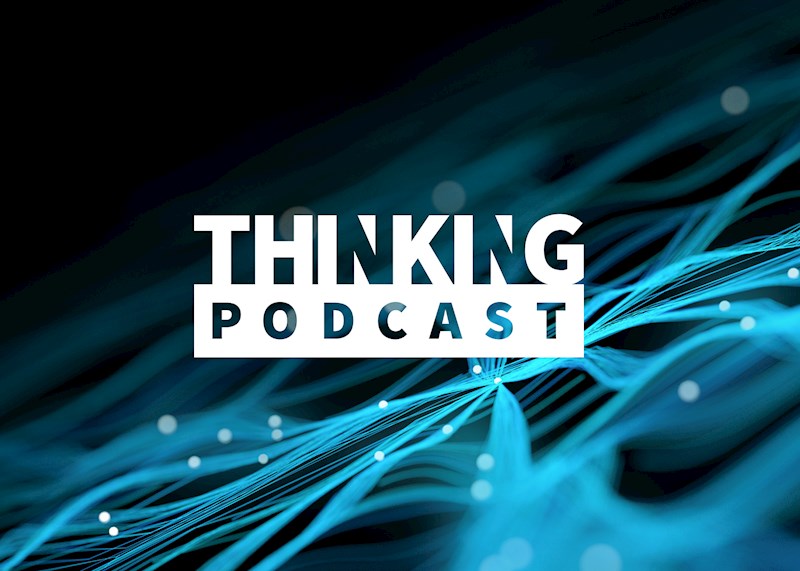Video transcript
Yaoyao Wang: I would like to share with you a few market trends regarding the rapidly changing diagnostic's industry. We are seeing some exciting developments currently both due to the speed of the innovation, as well as market tailwinds resulting from the COVID-19 pandemic.
Our first observation is early detection and personalized medicine. In recent years on a global level we've witnessed the push for earlier disease detection and prevention. There are powerful diagnostic technologies, including genomic profiling and liquid biopsy, are widely expected to be game changing in early cancer detection. Liquid biopsies, for example, can detect cancer long before symptoms occur. Compared to more traditional methods, they are non-invasive, often requiring only a blood sample, and can be performed more frequently. In addition, these tests can detect changes in tumor DNA in the blood that can help match patients to potential treatments leading to personalized medicine and treatment plans.
And with respect to these new technologies, significant amounts of capital have been poured into developing them, and now some of the biggest companies in cancer detection are focusing on commercial viability of these tests. In the last 18 months, we've seen remarkable M&A volume in the space of oncologic genetic testing and liquid biopsy with extremely attractive valuations, and we think that is partly due to the near commercialization of this new generation of tests, and also because industry players are just hungry for innovation and disruption in the market with some of the largest diagnostic players looking to gain more exposure in early detection given its impressive growth potential.
Our second observation is how the diagnostic's industry pivoted to adapt to the COVID-19 pandemic and the resulting impact on the industry and end consumers. At first the pandemic essentially forced the industry to re-evaluate the speed at which things must be done, whether that's access of testing, sample collection, or turnaround time for results. And prior to the pandemic very few of us had intimate knowledge of diagnostic tests. And although decentralized testing is not a new concept, the pandemic really helped to push testing closer to patients with more companies developing point of care molecular diagnostic tests while maintaining the sensitivity and specificity levels comparable to the historical gold standard testing solutions offered only at central labs.
In addition, the COVID-19 pandemic really pushed regulatory agencies to move at a faster speed, as well, resulting in emergency-use authorizations for both tests and vaccines. And in the post-pandemic world what this could mean is the industry's continuability to apply its learnings on efficiencies and the scalability to its next generation of tests.


